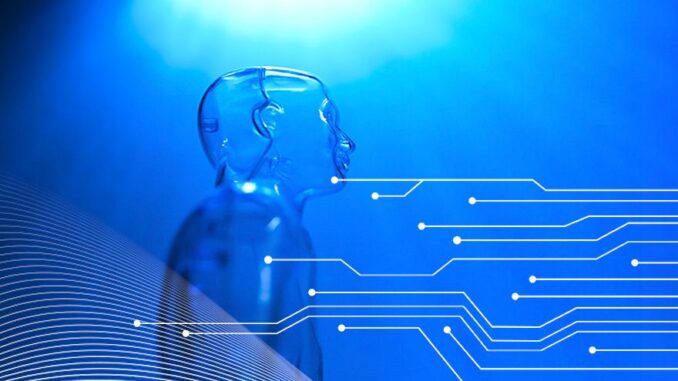
Job displacement due to artificial intelligence (AI) and automation is a pressing concern for economies worldwide. While AI offers significant advantages in terms of productivity and efficiency,
it also poses challenges, particularly regarding employment and economic stability. Here’s a detailed exploration of job displacement, its economic impact, and potential mitigation strategies.









### Job Displacement
1. **Scope of Displacement**
– **Nature of Work Affected**: Jobs that involve routine, repetitive tasks are more susceptible to automation. This includes roles in manufacturing, data entry, and some aspects of customer service.
– **Sector Vulnerability**: Industries such as transportation (e.g., self-driving vehicles), retail (e.g., automated checkouts), and agriculture (e.g., automated harvesting) are particularly vulnerable to AI-driven changes.
2. **Types of Job Displacement**
– **Direct Displacement**: Employees lose their jobs outright as AI technologies replace their functions.
– **Indirect Displacement**: Jobs may be restructured or altered in a way that requires new skills, leading to job shifts rather than direct layoffs.
3. **Upskilling and Reskilling Needs**
– Many displaced workers may require upskilling or reskilling to transition into new roles, necessitating investments in education and training programs.
### Economic Impact
1. **Labor Market Dynamics**
– **Shift in Job Demand**: While some jobs may disappear, others will be created, often requiring different skill sets. For instance, jobs in AI development, data analysis, and system maintenance are likely to grow.
– **Labor Market Disruption**: Rapid changes in job availability can lead to periods of high unemployment, especially among unskilled or low-skilled workers who may find it difficult to transition.
2. **Wage Polarization**
– **Wage Disparities**: The demand for high-skilled jobs, particularly in technology and engineering, may increase wages for those positions while decreasing opportunities for low-skilled workers, broadening income inequality.
– **Middle-Class Squeeze**: Many middle-skilled jobs could be automated, leading to a shrinking middle class and increasing wage polarization.
3. **Regional Economic Disparities**
– **Urban vs. Rural Impact**: Regions that rely heavily on industries susceptible to automation may face economic challenges, while tech-centric urban areas may benefit from job growth. This can exacerbate regional inequalities.
– **Industry-Specific Impacts**: Economies reliant on affected industries may experience slower growth and increased instability, leading to broader economic consequences.
### Mitigation Strategies
1. **Education and Training Programs**
– **Reskilling Initiatives**: Governments and organizations can invest in reskilling and upskilling programs to prepare the workforce for emerging job opportunities in AI and other new technologies.
– **Collaborative Learning Models**: Partnerships between educational institutions, businesses, and governments can create tailored curricula that meet the job market’s needs.
2. **Support for Displaced Workers**
– **Unemployment Benefits**: Providing robust unemployment benefits and support services can help ease the transition for displaced workers.
– **Job Placement Services**: Offering services that connect displaced workers with job opportunities in growing sectors can aid in their reintegration into the workforce.
3. **Economic Diversification**
– **Investing in Emerging Industries**: Encouraging the development of industries that are less susceptible to automation can stabilize regional economies and create new job opportunities.
– **Promoting Entrepreneurship**: Supporting small businesses and startups can foster innovation and job creation in diverse fields.
4. **Policy Frameworks**
– **Universal Basic Income (UBI)**: Some advocate for UBI as a safety net for those displaced by AI, providing a basic income to cover living costs regardless of employment status.
– **Regulation of Automation**: Policymakers can consider regulations that manage the pace of automation and its impact on employment.
5. **Corporate Responsibility**
– **Corporate Training Programs**: Companies can invest in training their current workers to adapt to new technologies rather than relying solely on automation.
– **Transparent Communication**: Organizations should communicate openly with employees about their automation plans and the potential impact on jobs, fostering a collaborative approach to change.
### Conclusion
The job displacement stemming from AI and automation presents significant challenges but also opportunities for transformation in the workforce. Addressing these challenges requires a multi-faceted approach involving governments, educational institutions, businesses, and the community. By investing in training, supporting displaced workers, and promoting economic diversification, societies can navigate the disruptions caused by AI while positioning themselves for future growth and adaptation. The goal should be to harness the potential of AI while ensuring that the benefits are equitably distributed across the workforce and society at large.


Leave a Reply